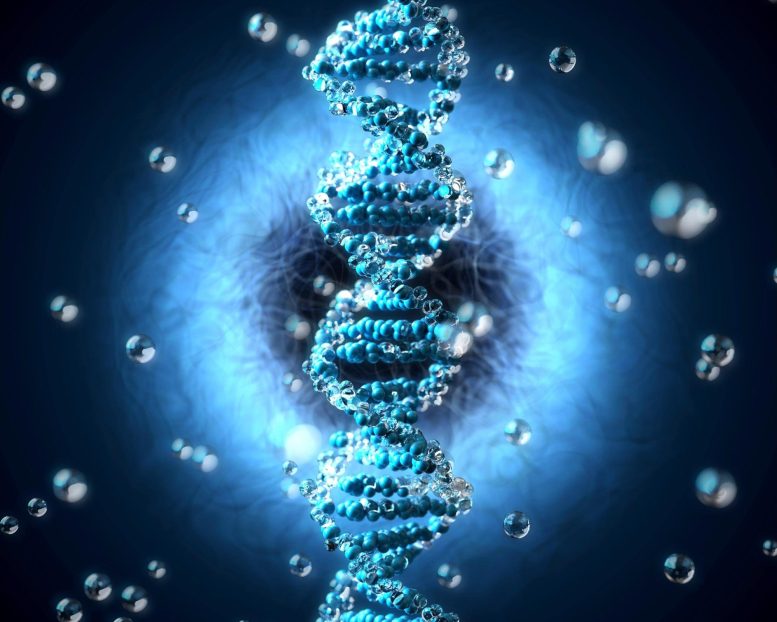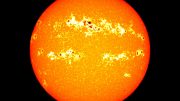
In 2010, the publication of three draft ancient genomes (Neanderthal, Denisovan, and a 4-thousand-year-old modern human from Greenland) marked a new era for ancient DNA (aDNA) research.
This year is the 20th anniversary of sequencing the human genome. In honor of this event, a research team led by Prof. FU Qiaomei from the Institute of Vertebrate Paleontology and Paleoanthropology (IVPP) of the Chinese Academy of Sciences reviewed the most recent progress in the field of ancient DNA (aDNA), i.e., DNA obtained from the remains of past organisms.
This review, entitled “Insights into human history from the first decade of ancient human genomics,” was published in Science on September 24, 2021.
Ancient DNA research began with short DNA fragments and subsequently advanced due to the broad application of high-throughput sequencing (HTS) techniques. In 2010, the publication of three draft ancient genomes (i.e., Neanderthal, Denisovan, and a 4-thousand-year (kyr)-old modern human from Greenland) marked a new era for aDNA research.
The genomes of extinct archaic humans (i.e., Neanderthals and Denisovans) have been reconstructed. Importantly, the Denisovans were first identified by using only aDNA data. These two archaic lineages were shown to have separated from modern humans ~550 thousand years ago (ka). They subsequently separated from each other ~400 ka.
aDNA analyses have shown that archaic and modern humans did not remain isolated from each other after the ~550-ka separation. Multiple waves of introgression have been found between archaic humans (i.e., Neanderthals and Denisovans) and modern humans. In addition, the two archaic lineages admixed between themselves, as shown by a ~50-kyr-old archaic individual (Denisova 11) who had a Neanderthal mother and a Denisovan father.
As for early modern human populations, genetic data support an origin in Africa. However, it remains difficult to determine a single model for characterizing the origin of African ancestry. In any case, sometime between ~250–200 ka, five major branches contributing to early modern human ancestry started to split from each other within a short time in Africa.
In Eurasia, genomic data have been obtained from early modern humans dating to as early as ~45 ka. These data reveal several early modern human lineages. Some of them show no detectable genetic continuity with later populations, while others, including those representing Ancient North Siberians, Ancient Europeans, and Ancient Asians, may be genetically connected with present-day human populations. Over time, increasing population structure, greater population interaction and higher migration occurred across Eurasia.
“During the Last Glacial Maximum, or LGM, a harsh period between 27–19 ka, population changes are observed in Europe, East Asia, and Siberia. With a warmer and more stable climate after the LGM, the human population expanded, migrated, and interacted,” said Prof. FU.
Ancient DNA research has effectively broadened our understanding of human history. However, we have only dived beneath the surface. More effort needs to be made. This should include further sampling from genomes older than 30 kyr and from regions such as Africa, Asia, and Oceania; further enlarging the scope of aDNA research by utilizing other ancient molecular information such as proteomic, isotopic, microbiomic, and epigenetic data; and further exploring adaptive variants.
Apart from expanding our understanding of human history, aDNA research has also enhanced our understanding of human biology. Exploring how humans adapted to extreme environments such as the LGM and infectious agents in the past will help us face new challenges such as climate change and additional pandemics in the future.
Reference: “Insights into human history from the first decade of ancient human genomics” by Yichen Liu, Xiaowei Mao, Johannes Krause and Qiaomei Fu, 24 September 2021, Science.
DOI: 10.1126/science.abi8202









Be the first to comment on "Decoding Human History With Ancient DNA From Extinct Archaic Humans"